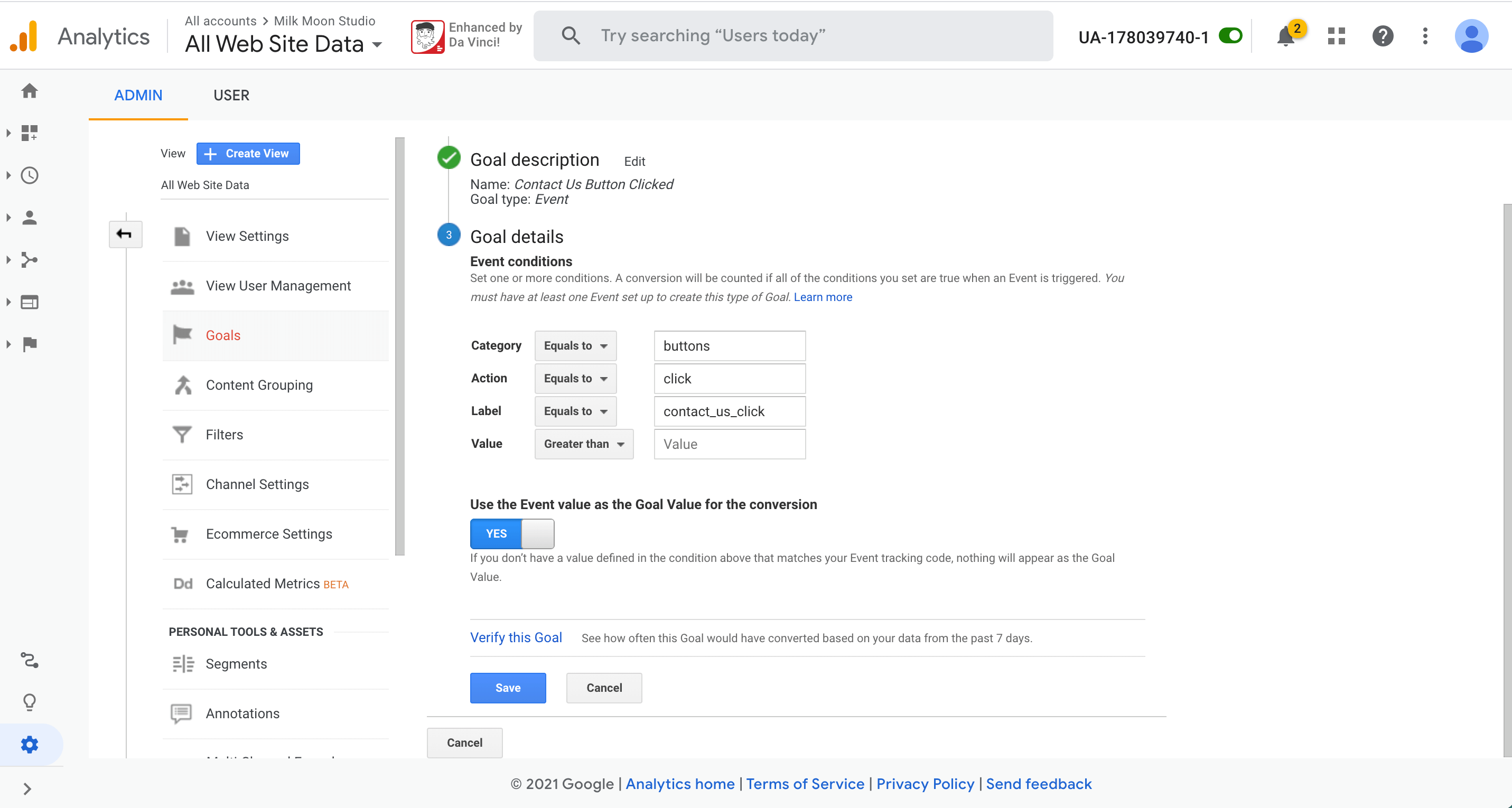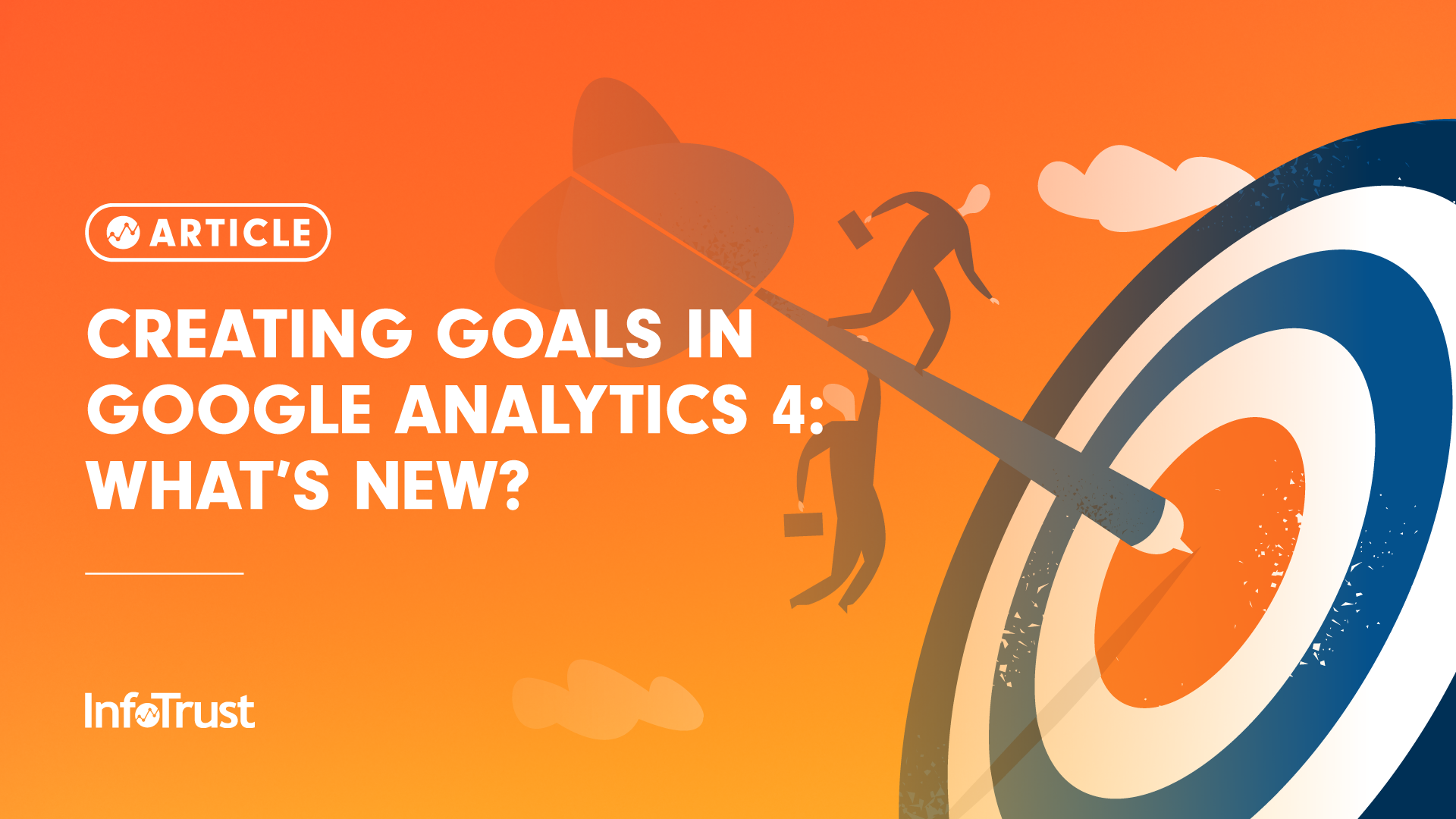Key Insights on What Data Is Google Analytics Goals Unable to Track
Key Insights on What Data Is Google Analytics Goals Unable to Track
Blog Article
Discover the Limitations of Google Analytics Goals: Introducing the Data Types That Remain Untrackable
As organizations progressively depend on data-driven decision-making, understanding the constraints of devices like Google Analytics comes to be paramount. While Google Analytics Goals deal useful understandings into individual communications, there exist data kinds that avoid tracking, positioning challenges to an extensive understanding of individual actions.
Insufficient Individual Journey Tracking
Incomplete customer trip monitoring within Google Analytics can impede the capacity to precisely assess user habits. When the customer trip is not fully tracked, there are gaps in the data that stop a detailed understanding of just how users interact with a web site. This lack of understanding can cause missed possibilities for optimization and enhancements to the individual experience.
One common issue with incomplete individual journey monitoring is the lack of ability to see the complete course that users take in the past completing an objective or leaving the site. Without this details, it is testing to recognize where individuals may be encountering challenges or rubbing factors that prevent them from transforming. Furthermore, insufficient monitoring can cover the impact of specific advertising efforts or web site modifications on customer behavior.
To address this constraint, it is crucial to establish up proper monitoring devices within Google Analytics to record the entire individual trip. This might involve establishing event tracking, goal funnels, or using devices like Google Tag Supervisor to make certain that no crucial communications go unrecorded. By gaining a detailed view of the individual trip, website proprietors can make more educated choices to improve user engagement and drive conversions.
Attribution Difficulties
Navigating through acknowledgment obstacles in Google Analytics needs an extensive understanding of exactly how different touchpoints contribute to the overall conversion process. Attribution difficulties emerge from the complexity of modern client journeys, where individuals connect with several networks before transforming.
One typical acknowledgment obstacle is the difficulty in connecting conversions to the appropriate source, especially in cases where individuals engage with several networks before transforming. Furthermore, cross-device monitoring poses an additional attribution obstacle, as individuals commonly change in between tools throughout their trip, making it challenging to track their interactions perfectly.
Offline Conversions
Given the difficulties connected with associating conversions properly in online networks, the measurement of offline conversions provides a considerable possibility for marketing professionals looking for an extra comprehensive understanding of their customers' journey. Offline conversions describe activities that clients take in the real world, such as making purchases in brick-and-mortar shops or over the phone, participating in events, or involving with printed materials - what data is google analytics goals unable to track. These conversions are vital for services that run both online and offline, as they supply beneficial understandings right into the efficiency of marketing projects across numerous touchpoints
Tracking offline conversions typically posed a substantial challenge for online marketers, as it was testing to link these activities back to specific on-line interactions properly. With advancements in modern technology, such as the integration of CRM systems, unique identifiers, and discount coupon additional info codes, businesses can currently connect the space in between online and offline data to obtain a more alternative sight of consumer actions. By efficiently determining offline conversions, marketing experts can optimize their approaches, assign sources more efficiently, and inevitably boost the general customer experience.
Cross-Device Monitoring
Cross-device monitoring plays a crucial function in recognizing the interconnected nature of consumers' electronic communications throughout multiple tools. In today's omnichannel world, where users effortlessly change in between smart devices, tablet computers, and desktops, tracking their habits across these tools is vital for marketers to gain a thorough view of their consumer journey.

In addition, personal privacy worries and policies such as GDPR and CCPA have even more complex cross-device monitoring. With customers demanding more control over their information and boosted constraints on this website monitoring innovations, online marketers should discover privacy-compliant and ingenious ways to attach individual interactions throughout devices.
Dynamic Web Content Interaction
Comprehending user interaction with vibrant material is essential in optimizing digital advertising and marketing strategies for improved audience interaction. Dynamic web content refers to internet site aspects that change based upon user behavior, preferences, or other factors, using a customized experience. Nonetheless, tracking individual communications with dynamic material postures challenges for conventional analytics tools like Google Analytics.
While Google Analytics can track basic communications like clicks and web page sights, it may have a hard time to catch more nuanced interactions within dynamic material. what data is google analytics goals unable to track. Metrics such as time invested on details vibrant components, float actions, or communications within pop-ups are commonly not easily measurable using conventional tracking approaches. This restriction impedes online marketers' ability to totally realize how individuals are involving with dynamic content and customize their strategies accordingly

Verdict
To conclude, Google Analytics objectives have restrictions in tracking insufficient individual journeys, attributing conversions properly, capturing offline conversions, tracking cross-device interactions, and gauging vibrant web content interaction. These restraints highlight the significance of discovering extra monitoring techniques and tools to acquire a more extensive understanding of individual habits and conversions past what Google Analytics can give.
While Google Analytics Goals offer important understandings right into user communications, there exist information types that avoid monitoring, positioning challenges to a detailed understanding of user behavior.Insufficient individual trip monitoring within Google Analytics can hinder the ability to precisely evaluate customer habits. When the customer trip is not completely tracked, there are spaces in the information that stop a detailed understanding of exactly how users interact with an internet site.One typical concern with insufficient customer journey tracking is the inability to see the complete path that customers take in the past finishing a goal or leaving the site. By getting a thorough view of the user trip, site owners can make even more educated decisions to enhance user engagement and drive conversions.
Report this page